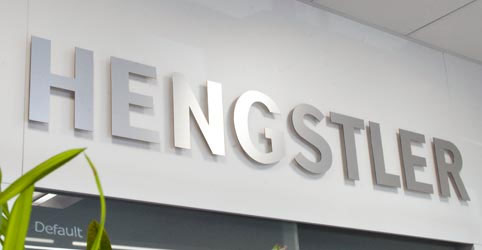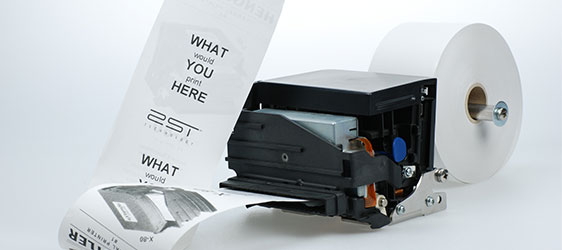How to Choose a Kiosk Printer
The search for the right printer is sometimes a challenging one. Not only are there so many choices on the market, with so many different features from so many different competitors, but every application also has different needs. Selecting a kiosk printer for your specific application can be a daunting task. Printers provide perhaps the most features, options and performance capabilities to choose from, and printer design and features relate directly to reliability and support requirements.
There are many details and factors to consider; put another way, there are many issues that can easily be overlooked when choosing a printer for an application. Our goal here is to give you a kind of comprehensive checklist to minimize the chance that you overlook something important. Decisions made during the design process will impact the time and effort required for a successful ongoing operation. At first, we’ll review a checklist of items to consider and explore them in more detail on the subsequent pages.
In some ways, selecting a printer is like selecting a vehicle. You start with the broadest decisions first; do you need an SUV, sports car, sedan, pickup truck, or a mini-van? Then, (let’s assume you need an SUV), you go on to major decisions within those categories, such as number of seats, hauling space, engine horsepower, transmission type, four-wheel drive, towing capacity, etc. Finally, you make the least critical decisions, like choosing trim packages and paint color.
The list of kiosk printer selection decisions below is roughly in descending order of importance.
- Technology: thermal, laser, ink jet, impact dot matrix, others, color vs b/w or grey.
- Selecting paper type to match what you are printing
- Paper Width: narrow receipt, a little wider for more information, or full-page width? ISO Ticket format?
- Paper Weight / Thickness: important to consider up front, as many printers, especially wider models, can’t handle very thick stock.
- Media Type: we assumed paper above, but what is being printed could also be tickets, labels, linerless-labels, or other materials.
- Paper Configuration: roll paper or fan-fold
- Paper Supply Size: roll diameter or size of fan-fold stack. Need to have paper low information?
- Presenter: many kiosk applications use a presenter to prevent vandalism, protect private information, or to keep untaken documents off the floor.
- Cutter: almost always used in kiosk printers, but type varies depending upon paper.
- Data Interface: how will the printer connect to your host? USB, RS-232, Bluetooth, other? Will your application print via a printer driver? If so, what is your operating system, and can the printer manufacturer supply an appropriate driver for it?
- Resolution: 203 dpi and 300 dpi are the most common for most applications
- Print Speed: how fast do you need to print? (No, faster is NOT always better. In thermal printing, the most common type used for kiosks, printing faster increases current draw, which can increase power supply costs.)
- Operating Voltage: the DC voltage available to run the printer (24VDC, 12VDC, others).
- Environmental, space and certification concerns:
- Environmental Conditions: what are the temperature and humidity ranges to which the printer will be exposed? Is it an outdoor application?
- Space Available: how much room is available inside the kiosk for the printer and paper supply?
- Printer Orientation: which way should the printout exit the kiosk; upward, downward, horizontally, at an angle?
- Compliance/Approvals: UL, CE, E1, etc.; does the application require approvals or compliance?
- Black or Hole Mark: used to position pre-printed tickets so printing can be placed in a specific location.
- Special Features: any special requirements, such as pull-to-present, dual feed, scan barcode after printing; print both sides of paper, etc.?
- Expected Workload: while not a requirement, you should know the average number of printouts per day and the average printout length. This allows the calculation of printer life data that is otherwise a guess.
Selecting the Right Design for Your Application
The HENGSTLER team is expert in matching printers to the application. Whether it’s gas pump receipts, bank statement printers, railway ticketing systems, kiosks, fire alarm systems, or just about anything else, we’ve seen it and can help locate and integrate the best-suited printer for the purpose needed. Moreover, we can support our customers effectively by offering tailor-made application projects. Contact us today with your application or challenge

